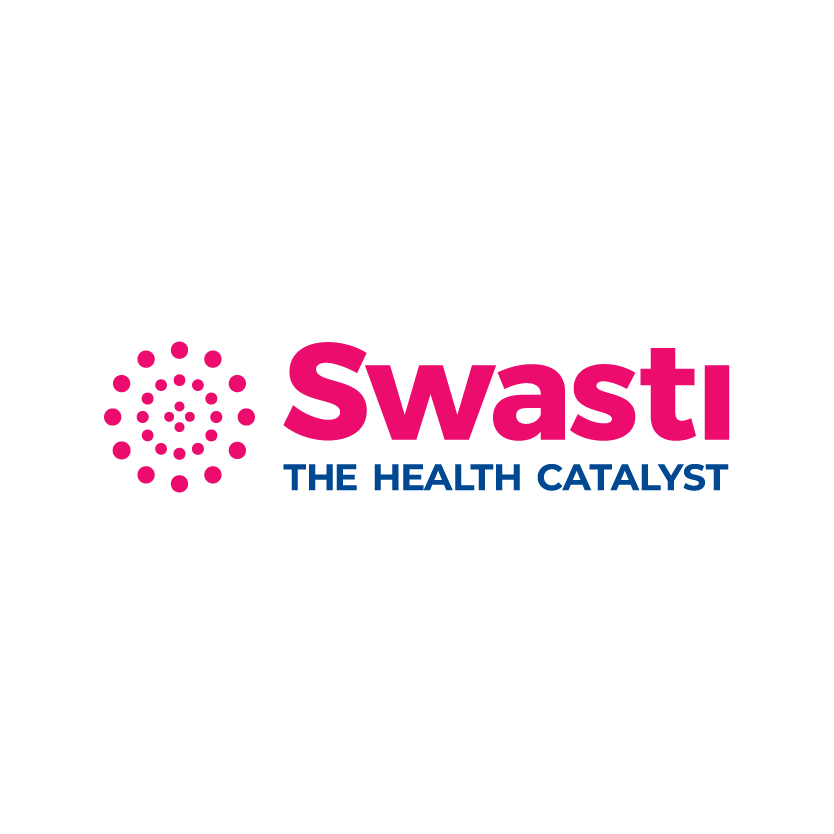

This section presents actionable insights for practitioners from our collaboration of experts.
Analysis
FILTER
BY CATEGORY
View All
Why Legislation is an Incomplete Approach to Tobacco Control
27 May 2021by Rachna Mathur 5 Minutes
India is the second-largest consumer of tobacco in the world, after China, with 275 million adults consuming different tobacco products. The prevalence of tobacco use among males is 48% and that among females is 20% leading to over 1 million deaths accounting 9.2% of all deaths every year.[1] In the year of the Pandemic, it is important to pay renewed attention to the issue of tobacco control, especially because tobacco users may be among the most vulnerable when it comes to Covid-19, as an FAQ put out by the World Health Organisation (WHO) states;
“…tobacco
smokers (cigarettes, waterpipes, bidis, cigars, heated tobacco products) may be
more vulnerable to contracting COVID-19, as the act of smoking involves contact
of fingers (and possibly contaminated cigarettes) with the lips, which
increases the possibility of transmission of viruses from hand to mouth.
Smoking waterpipes, also known as shisha or hookah, often involves the sharing
of mouth pieces and hoses, which could facilitate the transmission of the
COVID-19 virus in communal and social settings.” [2]
The government of India has recognized tobacco and its hazardous effects and has enacted various legislations and comprehensive tobacco control measures since the mid-1970s. Among other legislative measures, GOI enforced the Cigarettes and Other Tobacco Products (Prohibition of Advertisement and Regulation of Trade and Commerce, Production, Supply, and Distribution) Act (COTPA) in 2003. In 2004 India ratified the WHO Framework Convention on Tobacco Control (FCTC) and in 2008 the National Tobacco Control Program was launched.
Clearly consistent efforts have been made to develop and implement stringent regulations around the sale, advertising, and use of tobacco, yet, tobacco use in the country continues to stay high with more women and young adults consuming tobacco today compared to a decade earlier. The WHO Report on Tobacco Control ranks India in the ‘Moderate’ category with little progress since 2008, why is this the case? To understand why it is important to try and understand what inhibits tobacco reduction in India.
Tobacco reduction programming needs to address barriers at three levels:
Before Use
The most often seen messaging routes taken, in a tobacco reduction programme or intervention, is to highlight the loss of health, the suffering of the family, and the dangers of passive smoking. However, this messaging is entirely focused on middle-aged men and does not take into account the increasing number of youth that are experimenting with tobacco use. Most tobacco consumers begin tobacco use early and are already addicted by the age of 18. Research has shown that one of the key factors for initiation is peer influence and pressure.[3] The surround sound of tobacco use, especially smoking, is associated with cool, daring heroes that encourage experimentation among a demographic that already feels infallible.
The Madmen legacy of success, beauty, and creativity intertwined with incessant smoking and drinking perpetuates the overall aura of ‘cool’. While there has been a concerted effort to remove imagery of smoking linked with hero characterization, India has historically seen a relatively higher number of youth (when compared to other countries and a global average) initiating tobacco use.[4] Strategies that address the behavioral triggers based on peer influence and that focus on the ‘redefinition’ of ‘cool’ are likely to be more effective in deterring initiation of tobacco use than just focussing on obvious poor health outcomes.
At the Time of Purchase
The government has taken a slew of measures to regulate and discourage tobacco use. For instance, tobacco advertising on media and at point of sale (POS) is banned, regulations have also led to the mandatory addition of disturbing imagery on cigarette packs illustrating poor health outcomes from tobacco consumption. Taxes have also been levied to make tobacco products more expensive to purchase. The intent and hope have been to disincentivize tobacco purchase behavior at PoS.
However, for a regular tobacco user, the decision to consume tobacco is multi-layered and does not begin at a shop. In India, the sale or purchase of cigarettes, bidis, or chewable tobacco is not part of shopping at large grocery stores. These purchases largely happen at roadside kiosks. Therefore, it stands to common sense that the decision of purchase takes place much before one reaches the retail outlet for a tobacco product and is not an impulse purchase. In such cases, a ban on PoS advertising or discouraging imagery on the packaging has little or no effect. While increased prices could have a discouraging effect on youth, the effect of pricing-related regulation decreases as disposable income increases[5]. Targeted communication to initiate consideration of ‘not using tobacco’ needs to begin at the time when ‘use’ decisions are being made rather than purchase is taking place.
The kind of regulatory messaging at POS also can make a difference. For instance, POS messaging could work powerfully if reinforcing messages related to quitting and the provision of cessation helplines took primacy as opposed to trying to influence a purchase per say. Informational ‘raids’ or campaigns at POS to discourage underage youth from purchasing cigarettes at POS can also be helpful.
Cessation
Every smoker thinks of quitting at some point. During Covid-19 lockdowns, research shows that 75% of smokers thought about quitting smoking altogether, and yet only 24% actually tried to stop smoking.[6] Stopping the consumption of tobacco is riddled with challenges due to its addictive nature, but what makes it addictive aside from its chemical composition, is its association with a users’ day-to-day activities. Regular users smoke after a meal, with their tea, to combat stress, to relax, before going to bed, and so on. This makes cessation difficult both physiologically and psychologically. Today, there are a plethora of alternatives to reduce and eventually stop tobacco use. Nicotine patches and nicotine gum are easily available at pharmacies. Unfortunately, they are more expensive than regular tobacco products; dissuading uptake.
Unfortunately, tobacco reduction interventions ignore the continuing mental battle a user who is trying to quit the habit, must engage in. Constant constructive reminders to encourage and provide support to a user would help more people to successfully cease to use tobacco products. Tobacco companies should be regulated to run authentic support services for those wanting to quit. These services could include support call centers and broad and deep communication campaigns to discourage tobacco among others. PoS communication should have messages on methods to quit and helpline numbers could be displayed prominently on packs allowing users to know that they can reach out for help and support when they decide to leave the habit.
While increased taxes and prices of tobacco products have shown a reduction in consumption among the economically disadvantaged youth, India continues to see a surge in the number of youth and women tobacco users. In addition to all the regulations designed to discourage use, a strong behavior change intervention grounded in insights into why various segments of users (say by age or demographic or even income) use tobacco is needed, to discourage initiation of tobacco use. The creation of an enabling environment to cease tobacco use is the need of the hour.
While there are a large number of anti-tobacco legislation, the one legislation that every government is hesitant to enact, due to the profitable economics of tobacco production and sale, is a complete and total ban on tobacco products. Annually, over 1 million lives in India are lost due to tobacco use. This is over 7 times more than the number of lives lost to Covid-19. The economic value of these lives, and the savings from the cost of morbidity linked to tobacco use[7], would be far higher in the long run than the short-term revenue gains, from an insufficient tobacco tax.
[1] https://www.ncbi.nlm.nih.gov/pmc/articles/PMC4256395/
[2] Coronavirus disease (COVID-19): Tobacco (who.int)
[3] https://www.tandfonline.com/doi/abs/10.1080/07448481.2010.544346
[4] https://journals.plos.org/plosone/article?id=10.1371/journal.pone.0114073
[5] https://www.sciencedirect.com/science/article/abs/pii/S0749379709007715
[6] https://www.nature.com/articles/s41533-021-00238-8
[7] https://academic.oup.com/eurpub/article/14/1/95/518028?login=true


 EXPLORE DATA
EXPLORE DATA 



























